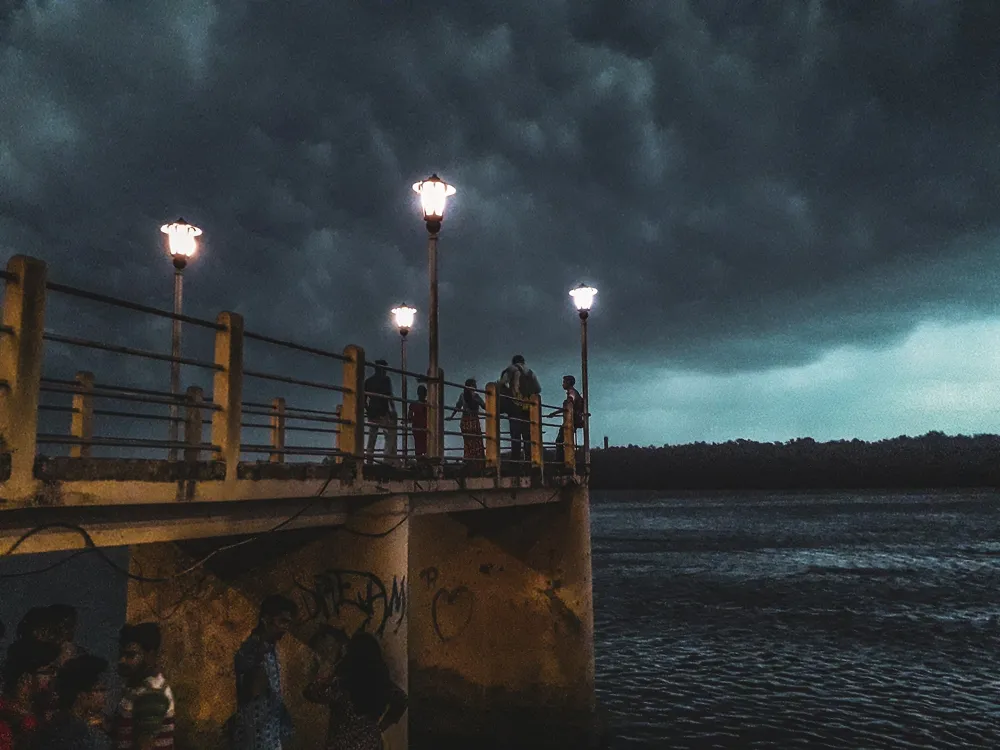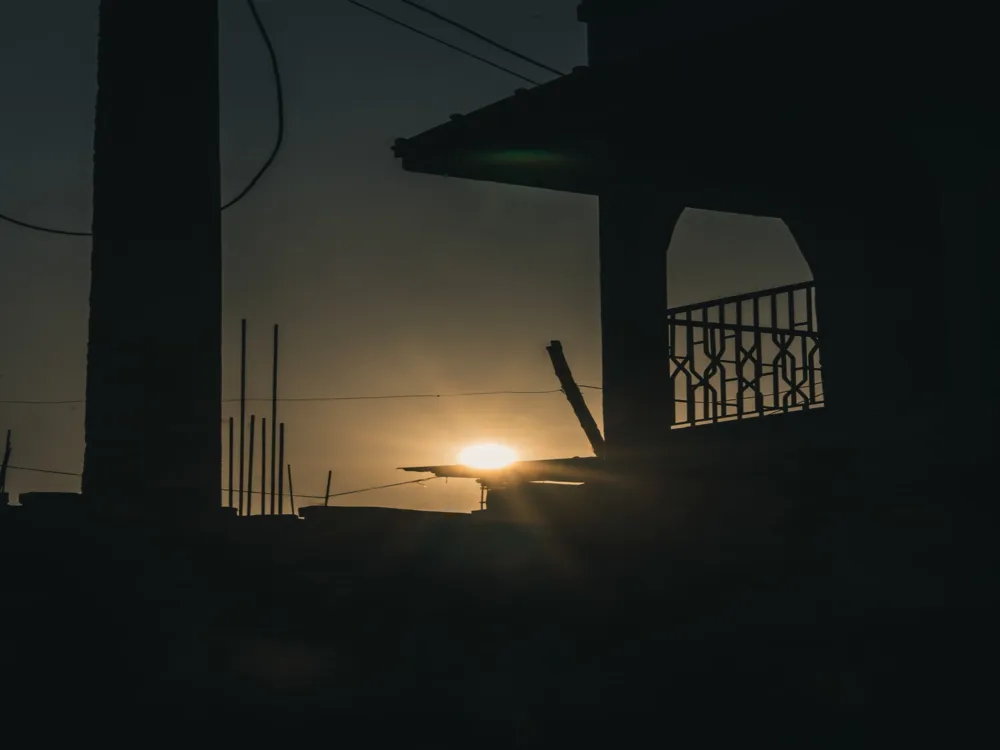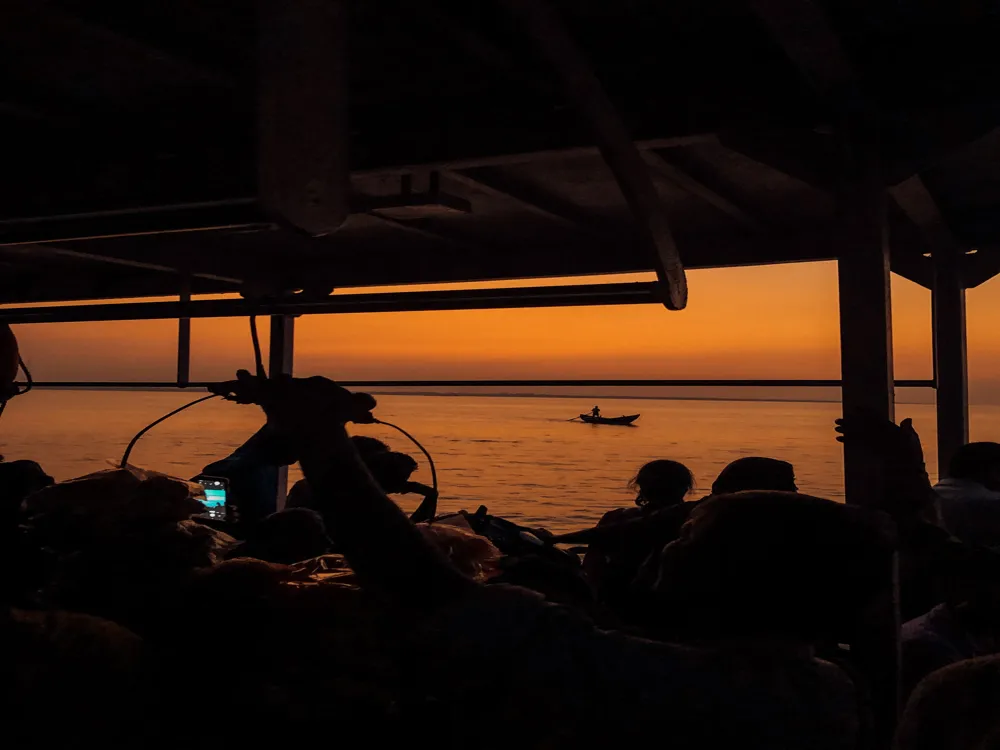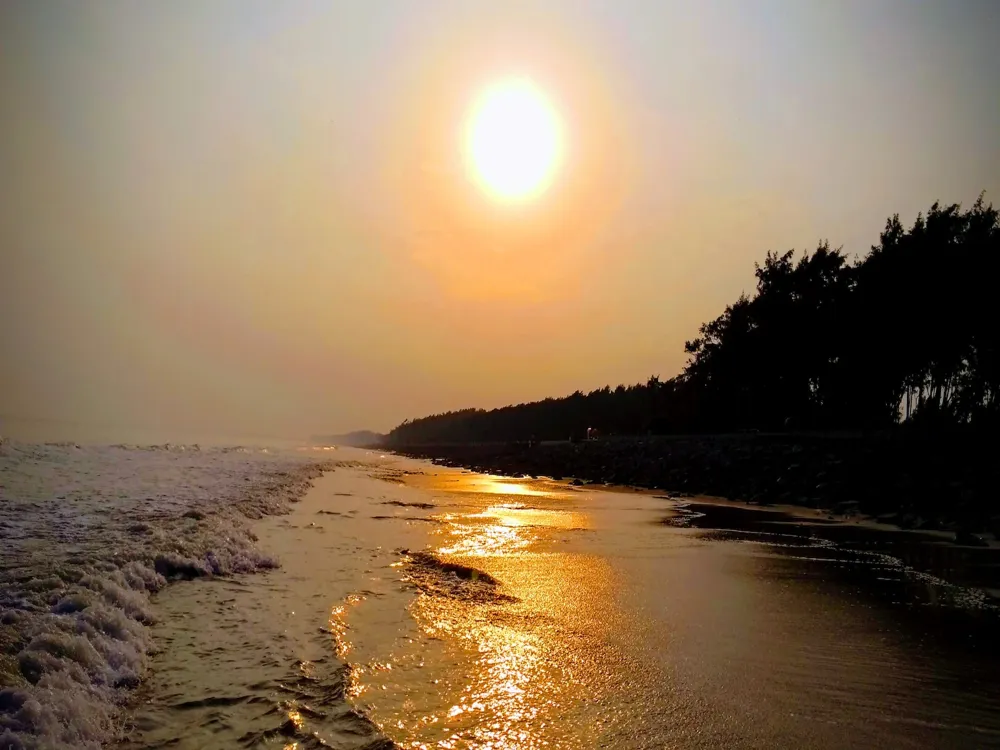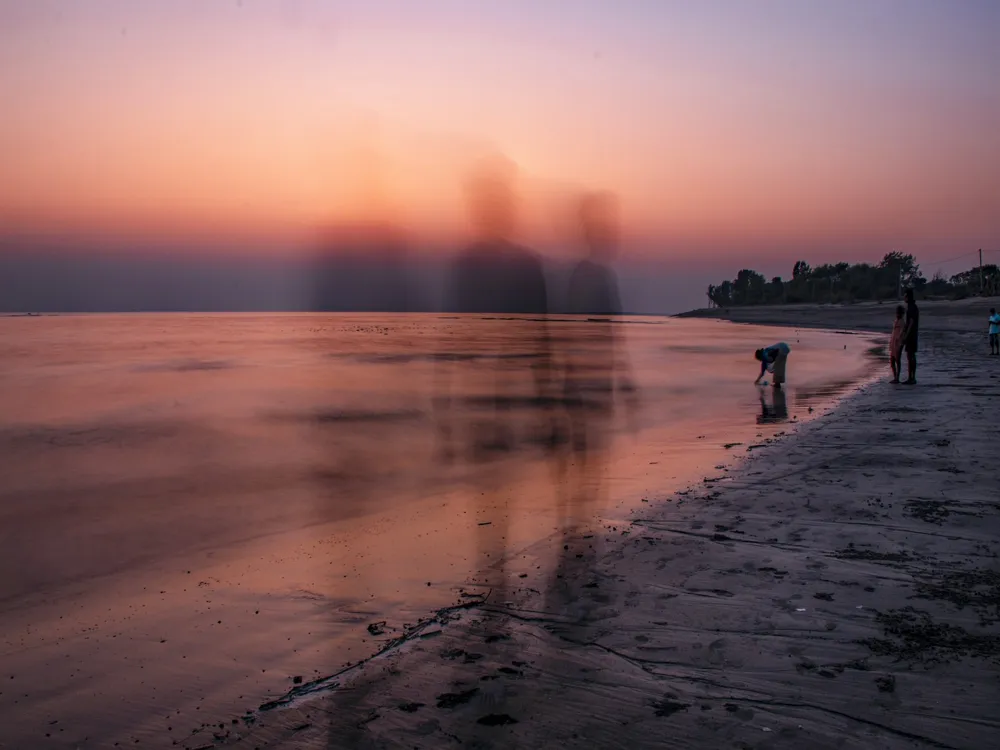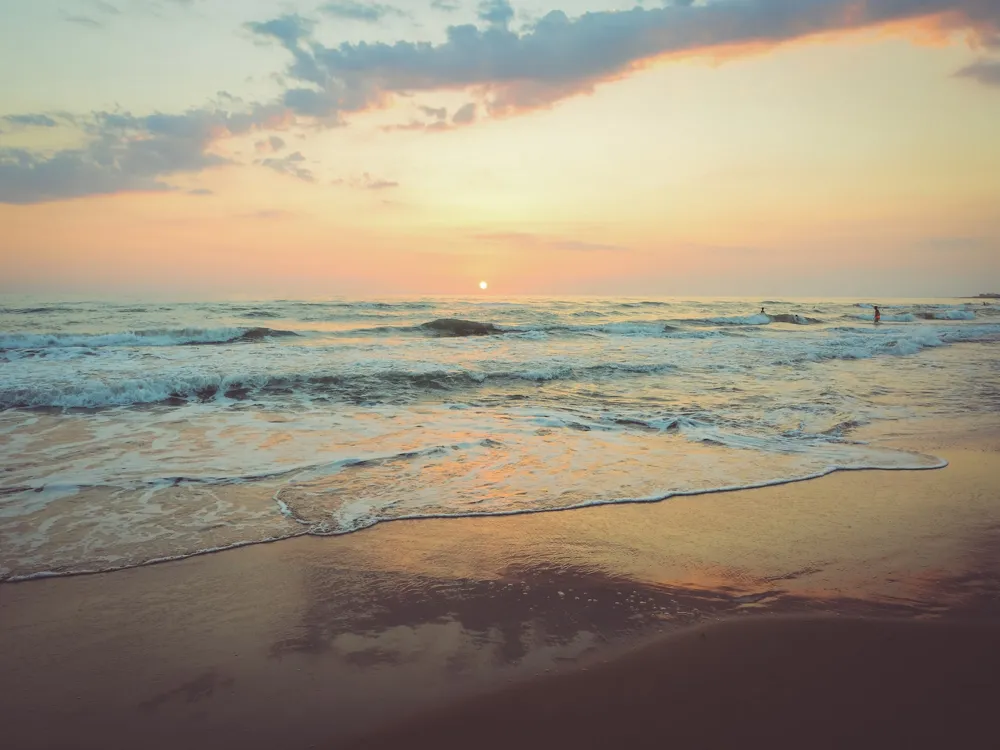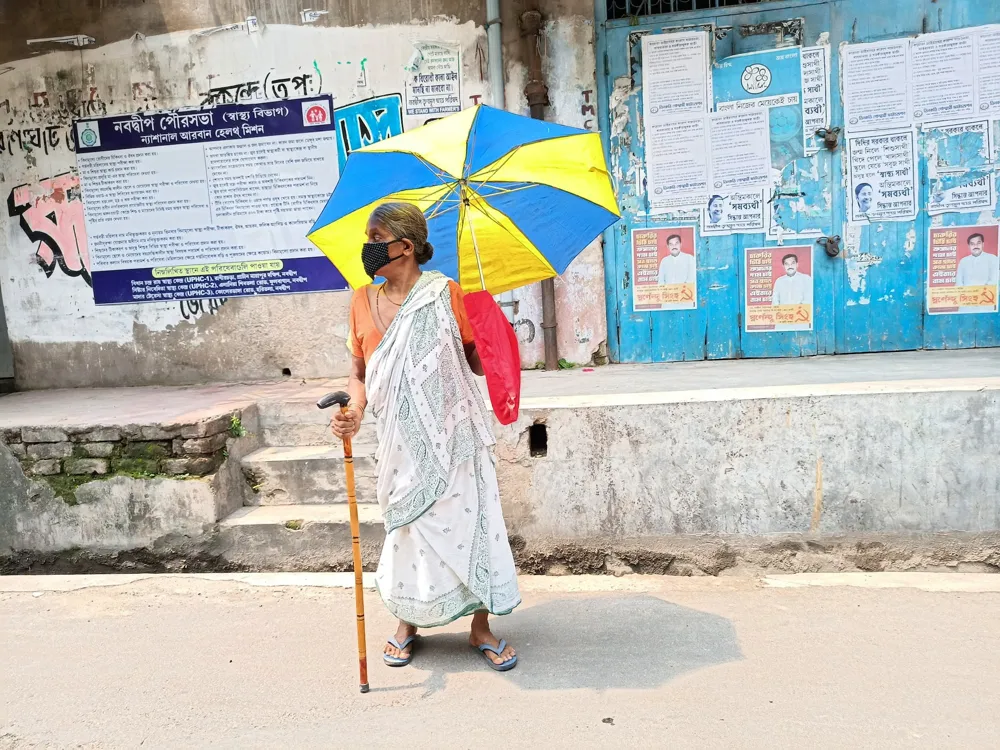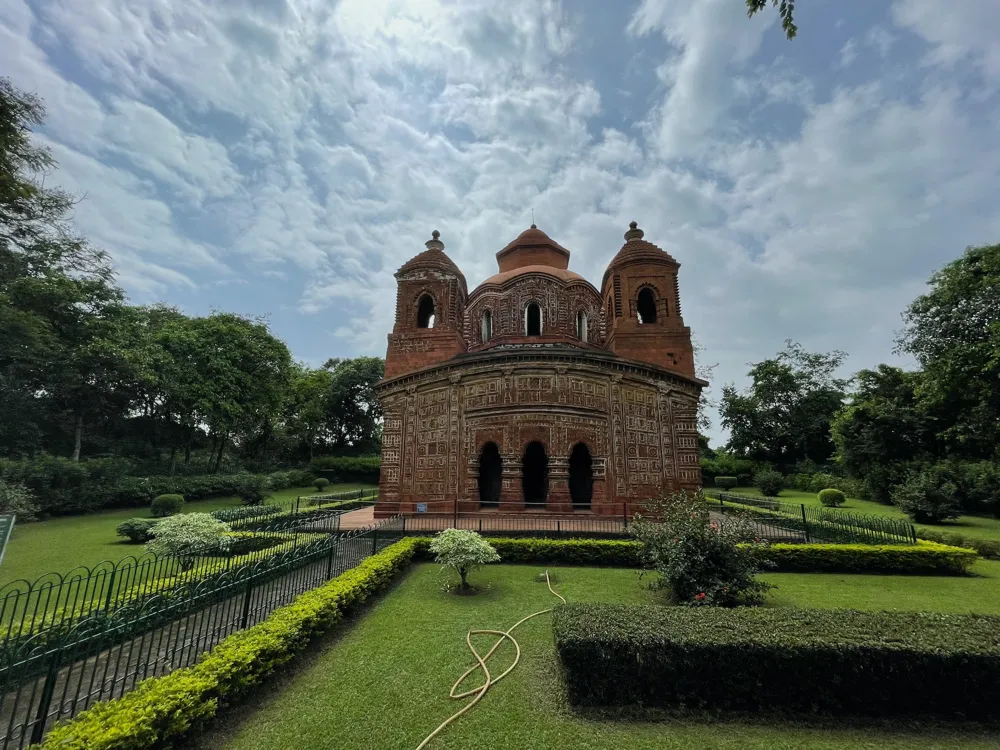The Nakhoda Mosque, a splendid architectural marvel, stands proudly in the heart of Kolkata, West Bengal. This mosque, one of the largest in India, is not just a place of worship but a symbol of cultural and historical significance. The mosque's foundation dates back to the early 20th century, reflecting the rich Islamic heritage and architectural ingenuity of the era. It was designed as a principal mosque for the city's substantial Muslim community, accommodating thousands of devotees. The mosque's majestic structure, intricate designs, and spiritual ambiance make it a must-visit destination for tourists and locals alike. The mosque's design is heavily influenced by the grand Indo-Saracenic style, a blend of Indo-Islamic and neo-classical architectural elements. This style was prevalent during the British Raj and is evident in the mosque's domes, minarets, and arches. The Nakhoda Mosque's grandeur is comparable to that of the Akbar's tomb in Agra, showcasing the rich historical influences and craftsmanship of the era. The mosque's red sandstone structure, brought from Rajasthan, adds to its distinctive appearance, creating a striking contrast against the urban landscape of Kolkata. Beyond its architectural beauty, the Nakhoda Mosque plays a crucial role in the cultural and spiritual life of Kolkata's Muslim community. It serves as a hub for religious activities, especially during festivals like Eid and Ramadan. The mosque's large prayer hall, which can accommodate over 10,000 worshippers, becomes a sea of devotees during these festivals, creating an atmosphere of communal harmony and devotion. The mosque also contributes to the social fabric of Kolkata, hosting various community events and social gatherings, further cementing its status as a vital cultural landmark in the city. The Nakhoda Mosque's architecture is a testament to the artistic and cultural amalgamation that characterizes Kolkata's history. The mosque's design is heavily influenced by the Mughal architectural style, evident in its intricate carvings, domes, and minarets. The main entrance, an imposing structure, is adorned with an array of motifs and carvings that draw inspiration from traditional Islamic art. The mosque's central dome, flanked by smaller domes, creates a symmetrical and balanced aesthetic, typical of Mughal architecture. One of the most striking features of the Nakhoda Mosque is its minarets. These towering structures, rising to a height of about 151 feet, offer a panoramic view of the city. The minarets, with their intricate designs and patterns, are not just architectural marvels but also serve a functional purpose, being used for the traditional call to prayer. The mosque's interior is equally impressive, with its spacious prayer hall, elaborate mihrab, and ornately decorated ceilings. The use of marble, stained glass, and detailed tile work adds to the interior's aesthetic appeal, creating a tranquil and reverential atmosphere. The Nakhoda Mosque's architecture reflects the diverse cultural influences that have shaped Kolkata. The fusion of Mughal, British, and local Bengali architectural elements makes the mosque a unique landmark. This blend is evident in the mosque's layout, design elements, and the materials used in its construction. The mosque's architecture not only showcases the rich heritage of Islamic art but also tells the story of Kolkata's evolution as a cosmopolitan city, embracing various cultural influences while maintaining its unique identity. Visitors to Nakhoda Mosque should dress modestly, respecting the religious sanctity of the site. It is recommended to wear clothing that covers shoulders and knees. Headscarves for women are advised but not mandatory. The mosque is a functioning place of worship, and visitors should be mindful of prayer times. It's best to avoid visiting during these times, as the mosque will be primarily used for prayers, and non-Muslim visitors might not be allowed inside the main prayer hall. Photography is usually permitted in the mosque premises, but it's important to respect the privacy of worshippers. Avoid taking photos during prayer times, and always ask for permission before photographing individuals. Nakhoda Mosque is located in the bustling area of Chitpur, in the central part of Kolkata. It is easily accessible by various modes of transportation. The nearest metro station is Mahatma Gandhi Road station, from where the mosque is a short walk away. Visitors can also use local buses, taxis, or app-based ride services to reach the mosque. For tourists staying in central Kolkata, the mosque might be within walking distance, depending on the location of their accommodation. Read More:Overview of Nakhoda Mosque, Kolkata
Architecture of Nakhoda Mosque
Tips When Visiting Nakhoda Mosque
Dress Appropriately
Respect Prayer Times
Photography Guidelines
How To Reach Nakhoda Mosque
Nakhoda Mosque
Kolkata
West Bengal
NaN onwards
View kolkata Packages
Kolkata Travel Packages
View All Packages For Kolkata
Top Hotel Collections for Kolkata

Private Pool

Luxury Hotels

5-Star Hotels

Pet Friendly
Top Hotels Near Kolkata
Other Top Ranking Places In Kolkata
View All Places To Visit In kolkata
View kolkata Packages
Kolkata Travel Packages
View All Packages For Kolkata
Top Hotel Collections for Kolkata

Private Pool

Luxury Hotels

5-Star Hotels

Pet Friendly













